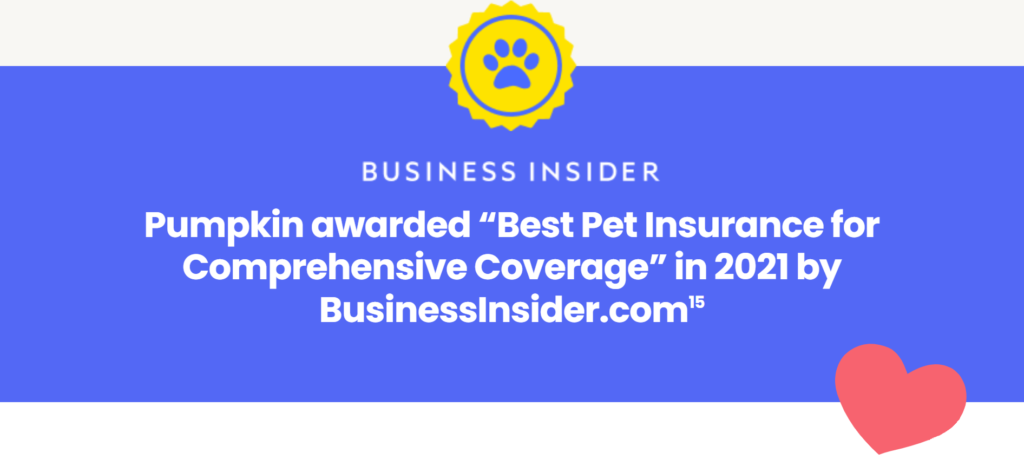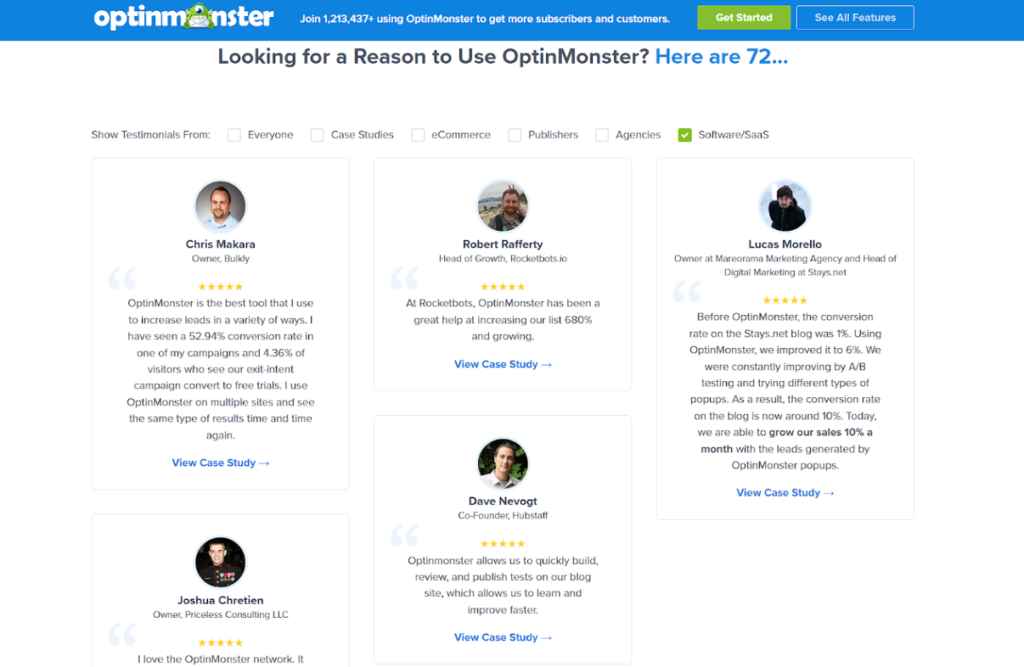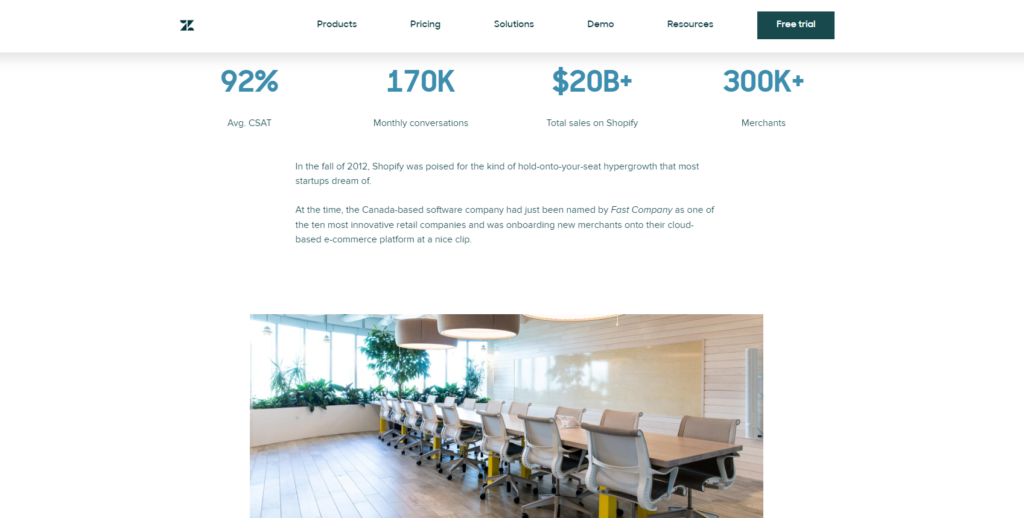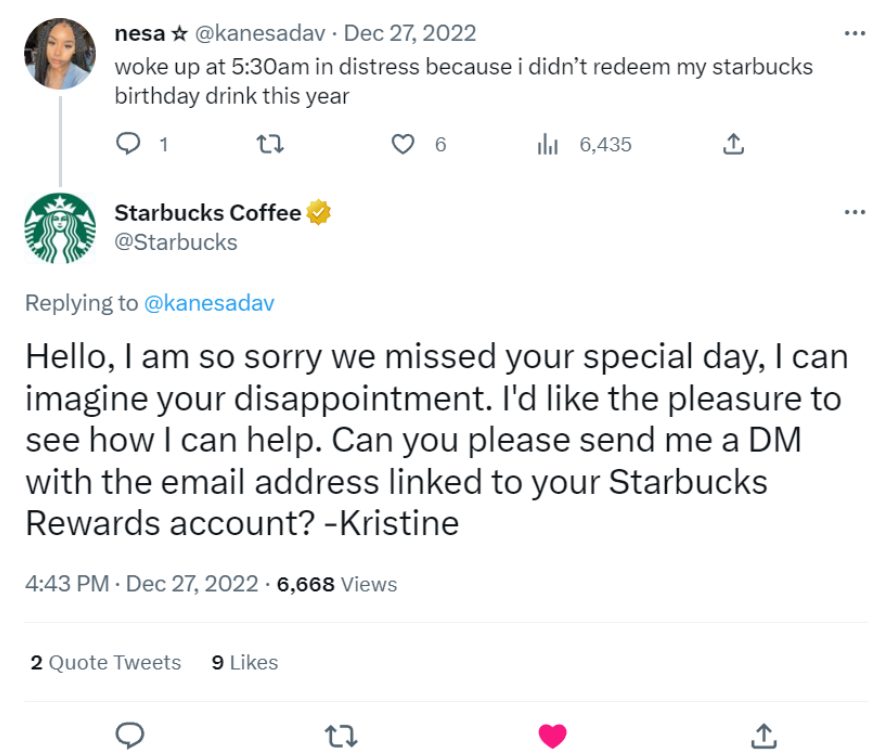With so many brands pushing through the crowd to score big, you can’t afford to let opportunities slip through the cracks. So, you’re doing your best to get all of the basics on your website covered: customer reviews, influencer endorsements, and testimonials.
That’s good, but good isn’t what we’re aiming for here. You need to dive into next-level strategies to elevate your social proof game. Think of it as Social Proof 2.0, where we turn the dial up to eleven.
Because, let’s face it, with 92% of consumers trusting peer recommendations over advertising, according to Nielsen, leveraging social proof is essential.
So, let’s get you in on these six supercharged tactics that make your social proof work harder for you.
1. Don’t Limit Ratings to Product Pages
So, you’ve got stellar ratings on your product pages. But why stop there? Extend that trust currency across your entire website. Think of these stars as little golden nuggets of credibility, and let’s sprinkle them liberally.
Take a cue from Shop Solar, a big name in the solar power systems sector. Rather than keeping their star ratings confined to individual product pages, they stretch them out to their collection pages too.
For instance, if you land on their solar generators collection page, you’ll notice a complete lineup of products, each flaunting its star rating and number of reviews like a badge of honor.

Source: shopsolarkits.com
Then you’ve got REI, the iconic outdoor gear brand. They’ve decided to shake things up by planting product sections right on their homepage, complete with star ratings snuggled right under the product links.
It’s like a VIP invitation for your eyes, leading you to the stuff that’s genuinely worth your time and money.

Source: rei.com
So, don’t underestimate those little stars. They’re not a decoration but a robust social proof mechanism. Integrate them into more pages and watch how they boost trust and guide purchase behavior. It’s like turning each rating into a mini-ambassador for your brand.
2. Go the Extra Mile with Earned Media
So, you’ve landed a mention in a top-tier publication, and that’s no small feat. But let’s crank that success up a notch. The standard practice involves displaying those “As featured in” logos on your homepage, but we’re going to aim higher than that.
The idea is to maximize this earned media as a form of social proof, turning it into a storytelling asset that captivates your audience.
Take a cue from Pumpkin, one of the top pet insurance companies. On their dog insurance page they feature a mention by the prominent online media company Business Insider. Instead of simply showing the award as a trust badge, Pumpkin opted to link the mention to a full “reference” page where visitors encounter a whole range of third-party awards and mentions.

Source: pumpkin.care
Providing a bit of extra information on earned media invites visitors to dive deeper, satiating their curiosity and reinforcing trust. But don’t stop at linking – click-through rates are only one part of the equation.
Here’s a more actionable, in-depth plan to make the most of your earned media:
Extract key quotes
Pick out compelling lines or endorsements from these articles and display them next to the publication’s logo. It’s one thing to say you’ve been featured but another to show what the experts are saying about you.
Create a press page
Elevate the concept of a simple “Featured In” section by dedicating an entire page to your press mentions. Use this space to include not quotes, logos, and brief summaries of each article. You can even include some takeaway points your audience would care about.
Integrate into product pages
If a particular product of yours got a stellar review from a reputed source, include that piece of earned media right there on the product page. This adds an extra layer of validation where it matters most: the point of purchase.
By implementing these tactics, you’re going a step further than simply displaying social proof. You’re giving it a stage, a microphone, and a spotlight. You’re making earned media work harder for you, transforming a mention into a full-fledged marketing asset.
3. Make Your Testimonials Relatable
Here’s the deal: testimonials are more than a digital pat on the back. They’re your brand’s storytellers. If you want your prospects to see and feel the value you provide, your testimonials need to be relatable.
This is where OptinMonster, a leading lead generation platform, really nails it. They don’t just dump testimonials in a corner of their homepage and call it a day. They have dedicated an entire page where you can filter OptinMonster reviews and testimonials by customer type.
Whether you’re a SaaS startup, an ecommerce retailer, or a marketing agency, you can easily find endorsements from peers in your niche. It’s like walking into a room full of like-minded individuals telling you, “Hey, this worked for me – it could work for you too!”

Source: optinmonster.com
Here’s what you can do to leverage this approach to its full extent:
Identify customer personas
Like OptinMonster, understand who your core customer personas are. Tailor your testimonial collection strategy to capture voices from these diverse groups.
Humanize the testimonials
Encourage customers to share specific benefits they’ve gained. Instead of generic praises like “great service,” aim for impactful stories or stats like “boosted my email conversion rates by 70%.”
Incorporate metrics
Just as OptinMonster features success stories that talk about increased conversion rates or growth in subscribers, your testimonials should also include concrete metrics to bolster credibility.
Feature rich media
While text testimonials are great, diversify with videos or animated snippets. This adds layers to the user experience, making it more engaging.
Utilize filters
This is going that extra mile like OptinMonster. Implement filters on your testimonial page so that visitors can easily find relatable stories from similar industries or roles.
Spread the word on social media
Turn these testimonials into shareable social content. Feature them in stories, tweets, and LinkedIn posts to show that real, relatable people benefit from what you’re offering.
By thoughtfully curating and presenting your testimonials, you’re building a community of brand advocates and creating the kind of social proof that converts.
4. Tell Customer Stories
We’ve all heard the phrase “Show, don’t tell,” right? Well, let’s inject that narrative into your social proof strategy.
Instead of just telling people your product is great, show them by detailing customer journeys from pain point to triumph. Whether it’s bite-sized social media content or meaty case studies, you’re crafting compelling narratives that say, “This could be you.”
Zendesk, a leading CRM platform, has set the gold standard here. For instance, they helped Shopify create more upsell and cross-sell opportunities, but they didn’t stop there. They then turned that achievement into a compelling customer story.
We’re talking text, images, video, and stats. By crafting a multi-faceted story, they’ve offered a vivid, real-world example of their product’s impact.

Source: zendesk.com
Here are some additional tips for crafting compelling customer stories:
Select impactful stories
The key here is to select stories that both represent your product’s capabilities and resonate with your target audience. Look for customers who’ve had quantifiable success with your product or solved a problem that many others face.
Go multilayered
Like Zendesk, use a mix of text, images, video, and stats. Different people digest information in different ways, so offer something for everyone.
Outline the journey
Start with the customer’s challenge, discuss how your product became the solution, and conclude with the results. This builds a relatable narrative.
Publish across platforms
While having a dedicated page or section for case studies is great, don’t overlook social media. Share snippets, quotes, or even mini-videos to lead the audience back to the full story.
Measure and tweak
Always track how these customer stories are performing. Use metrics like engagement rates, click-throughs, and even direct feedback to refine your future storytelling efforts.
5. Offer Customer Support on Social Media
Picture this: you’ve got an issue with a product, and you tweet about it. Then, a few minutes later, the company swoops in and solves it right there in your Twitter feed. Not only have they won you over, but everyone else who saw this public display of excellent service is now also leaning toward trusting the brand.
Welcome to the impact of social media-based customer support – a tool so impactful that it’s basically social proof in action. Think of it as generating organic endorsements right where everyone can see.
But, instead of merely reacting to queries or complaints, actively scan mentions and hashtags related to your brand to proactively address and perhaps even prevent issues.
Speed is your best ally here. A rapid response solves one customer’s problem – and impresses everyone who sees it.
And let’s not forget to subtly showcase your product features during these interactions. Say someone tweets about a common issue they’re facing; this is your opportunity to resolve it and then drop a quick tip about how another feature of your product can benefit them.
When done right, each tweet or post becomes not just a resolved issue but a mini billboard proclaiming, “We’ve got this!” and that’s the sort of social proof that money can’t buy.
Take a look at how Starbucks uses this tactic. Helping customers on Twitter is a genuine way of humanizing their coffee-chain brand.

Source: twitter.com
6. Repost Social Media Mentions
The beauty of social media is that it’s a two-way street. Your customers aren’t just passive recipients of your messages – they’re active participants who can amplify your brand’s presence.
When someone mentions your brand in a flattering light, it’s like getting a public high-five. You wouldn’t leave a high-five hanging in real life, so don’t do it online. Capitalize on these kudos by reposting or pinning them, turning organic praise into a permanent asset for your brand.
Social media listening tools can be your best friend here. Platforms such as Hootsuite, Agorapluse, and Mention can alert you the moment your brand gets mentioned, ensuring you never miss a golden opportunity.
Once you catch that high-praising tweet or Insta story, repost it. This amplifies the positive message to a broader audience and adds an authentic voice to your social proof arsenal.
Reposting is also an endorsement of your endorser, making them more likely to continue engaging with your brand. While you’re at it, take it up a notch by including these mentions in your other marketing channels, whether it’s your newsletter or even within your product interface.
Final Thoughts
Those were our six actionable, high-impact tactics to transform your social proof game from good to unbeatable.
Each of these strategies is designed to not just tick the social proof box but to go above and beyond. With the right mix of tech tools and a dash of creativity, you can turn every customer interaction into a lasting endorsement of your brand’s awesomeness.
So, why settle for basic when you can go for extraordinary? Implement these tactics and make your social proof not just convincing but practically irresistible.
